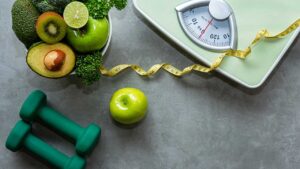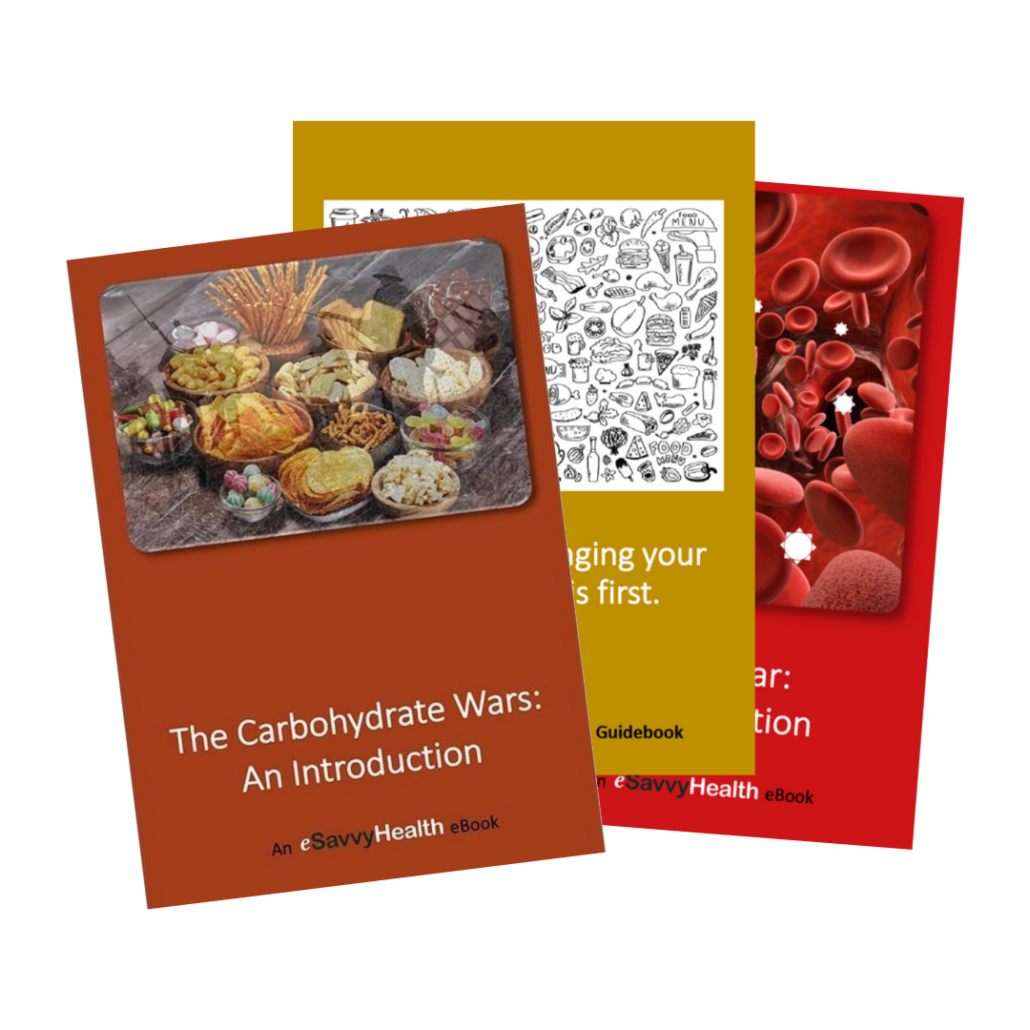By Dave Hendry, Co-Founder, eSavvyHealth
There was a headline in my news app the other day that caught my eye, titled “Midriff Bulge Linked to Later Physical Decline, Study Says.” Somewhat against my better judgment, I took the hook.
The headline piqued my interest partly because I’m well aware of the increased health risks posed by excess visceral fat (fat around the abdominal organs), and I thought I might find information that would either reinforce what I think I know, or reveal and help me to correct a misconception.
The article was about a recent study in Norway, which, according to the journalist, “…found that allowing your middle to expand will do more than send you shopping for the next size up in britches—it can also harm your physical abilities later in life.”
I read the article and dug into the study. In fact, it had “found” no such thing.
That’s not to say that I doubt the fact that “allowing your middle to expand” raises risk for diseases and other unwanted health outcomes. I’m pretty sure that it does. The problem is that the study did not show any such causal relationship, because the way it was designed it would have been impossible for it to reveal a causal relationship. All it could do was discover that people who started out with Condition A (an expanding middle) had a greater tendency to end up with Conditions B, C, and D (aspects of physical decline), some years later. The study provided evidence that Condition A is associated with Conditions B, C, and D, but that by no means proves that it causes them. Perhaps the reason people had an expanding middle was a sedentary lifestyle, and it was that lifestyle, not their middles, that caused Condition B, C, and D.
Why does it matter? Because if the cause of the increased health risks is having extra fat around your middle, then you could address that surgically—just remove the fat. But if the cause were actually a matter of lifestyle, the remedy would be quite different.
The authors of the study, to their credit, did not claim causality; that was done by the writer of the article. In any case, the point here is not to find fault with this particular study, rather it is to observe that that it can be very tricky to learn how to improve your health by reading popular news or health publications.
What then, can you do to understand better what steps to take to safeguard or improve your health? Here’s an analogy that offers an approach, though I admit it’s not necessarily an easy one.
Imagine that you’re about to put together a 500-piece jigsaw puzzle, and when you open the box you discover there are actually 1000 pieces in it. The extra 500 pieces are from 5 or 6 other puzzles you have around the house that somehow got mixed in.
Obviously, those extra 500 pieces are not going to be helpful as you try to assemble your puzzle, and actually they’ll make that process considerably more difficult. They are not part of the solution. So what do you do?
The solution is to proceed as you always do with a jigsaw puzzle. First, find the corner pieces, then find as many edge pieces as you can, and assemble all of the corner and edge pieces that fit together. You will have to be particularly alert to the colors of the pieces to make sure you haven’t gotten one from a different puzzle that happened to have the right shape, and inspect each piece closely to make sure it’s a good fit with pieces you are already certain are in the right place.
Once you’ve got much of the border assembled, you’ll try to find more pieces that attach to those pieces, or perhaps you’ll group pieces of similar color to see if you can assemble them to make a larger section of the puzzle. Again, though, you will have to be very careful not to mix in pieces that seem to have the right shape, or seem to have the right color, but don’t actually fit into this puzzle at all.
The more complete the puzzle is, the easier it will be to see how the pieces that belong in the puzzle fit together to make a complete picture, and to see that the extra pieces don’t fit.
What does all this have to do with your health?
The puzzle you want to assemble is a clear picture of two things: how your body operates, and how your own decisions and actions impact that operation, for good or ill. If you start out with just the 500 pieces that are actually part of that picture, the task of putting them together is still formidable, but as long as you persist, and start out by identifying pieces that you have some certainty about (corner and edge pieces), you’ll eventually solve it.
The extra 500 pieces is the information and misinformation about health and your body that you are inundated by every day in the form of ads, social media posts, and popular news articles. Not that all information from those sources is necessarily false, but until you have put together a large part of the real puzzle it’s almost impossible to tell what’s false, what’s partly true, and what’s totally true. The nature of the misinformation could be as subtle as implying that a study of an association demonstrates causality, or as blatant as advertisements that make sodas and ultra-processed foods appear to be healthy choices.
We want to help you solve your health puzzle, by providing pieces that you can be confident are part of the true picture of how the human body operates and how an individual’s decisions and actions impact that operation.. The pieces we’re giving you—articles, guidebooks, and courses—all connect to each other. If you wish, you can focus on a particular topic to assemble a section of the puzzle, such as what happens in your liver, or how blood sugar is controlled. Or you can look for corner and edge pieces—articles that you can easily correlate to your own experiences and what you already know.
Although there are important parts of the picture that aren’t yet covered within available eSavvyHealth resources, you’ll find that once you’ve put together the pieces we do have, you’ll be in a much better position to evaluate information and advice provided by other sources.
This may sound like a somewhat complicated task, and, well, it is. The good news is that all you have to do to conquer it is to persist, with the eSavvyHealth recommended diet of one article a week and a course every few months. Over time you’ll see how the pieces connect, and your judgment and ability to evaluate what you read from any source will improve. For a total investment of perhaps 25 to 50 hours of your time now, you can reap the benefit of a substantially higher likelihood that you’ll have extra years of healthy and active living in the future.
Besides, puzzles are fun.





